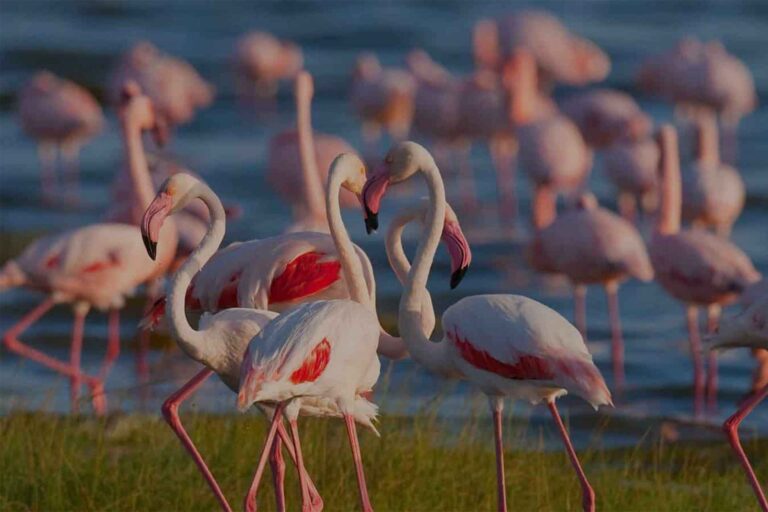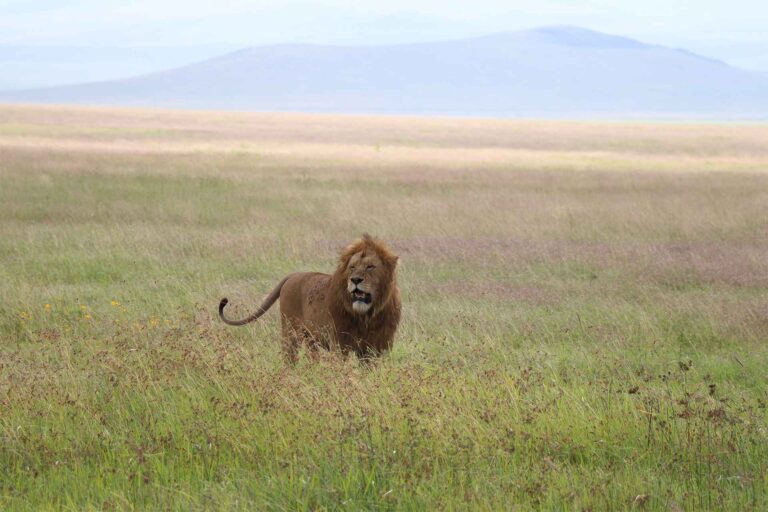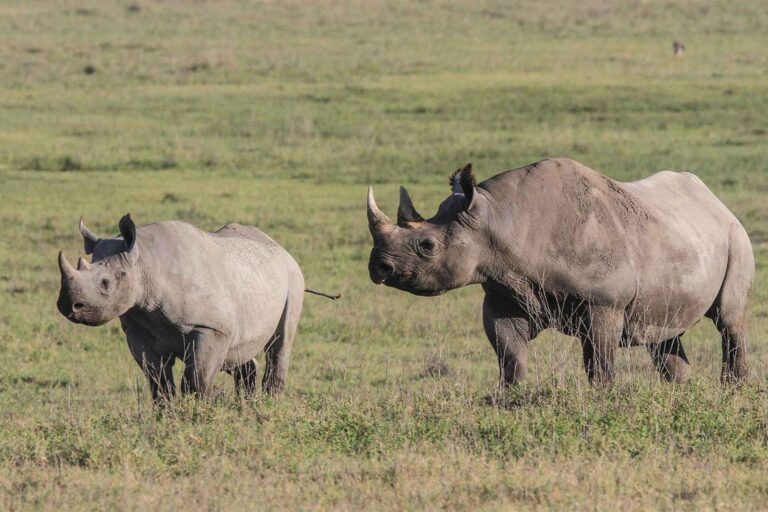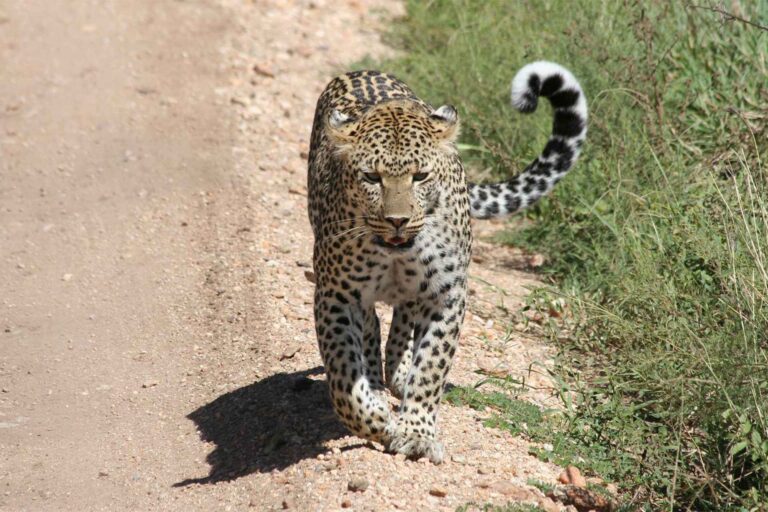Serengeti National Park
- Home
- Destinations
- Serengeti National Park
Welcome to the Serengeti National Park
Serengeti National Park stands as a symbol of Africa’s untouched beauty. Sprawling across vast plains filled with Acacia trees, this park is most famous for the Great Migration. This natural event sees millions of wildebeest, zebras, gazelles, and elands’ journey across the landscape, following rain patterns and fresh grass. This migration pattern has been consistent for millions of years, capturing the essence of Serengeti’s undisturbed and expansive nature. Recognizing its ecological and historical significance, the park was rightfully designated a World Heritage Site in 1981.
But there’s more to the Serengeti than just the migration. Its massive land is a canvas of stunning sunsets, roaring lions, and countless other wildlife wonders. The park boasts a wealthy predator population, including about 7,500 hyenas, 3,000 lions, and 250 cheetahs. Elephants roam freely, enhancing the Serengeti’s diverse animal kingdom. The park also whispers tales of human history. The Maasai, an indigenous tribe, continue to live here, holding onto their traditions and culture amidst the wild backdrop. A Serengeti National Park Safari offers a blend of nature, history, and timeless culture, promising an experience like no other.
Park Location:
Interesting Facts about Serengeti National Park
Serengeti National Park is one of the most popular wildlife attractions in the world. Visiting it is like touching something distant and unknown. Here in the Serengeti valley, the animal world is directly connected with history. Seeing herds of Wildebeest passing by the German forts of the First World War is an unforgettable sight. All of this part of the Great Rift Valley is in harmony. Extinct volcanoes and mountain ridges merging into plains that extend towards the horizon in the West. These turn into tropical forests and, eventually, run into one of the largest lakes in the world- Lake Victoria. Watching these landscapes and the animals that inhabit them will undoubtedly leave you with a sense of magic.
Wildlife Encounters:
Beyond the migration, the Serengeti boasts an abundance of wildlife that thrives within its borders. Home to the iconic Big Five – lions, elephants, buffaloes, leopards, and rhinoceros – as well as cheetahs, hyenas, giraffes, and an array of bird species, the park offers unparalleled opportunities for wildlife viewing and photography. Whether on a game drive, guided walk, or hot air balloon safari, every moment spent in the Serengeti promises close encounters with nature’s most magnificent creatures.
best time to visit Serengeti?
The best time to visit the Serengeti National Park is in the Dry season (from late June to October). This period offers the best wildlife viewing in general – with the wildebeest migration as its absolute highlight. Wildlife viewing is good throughout the year, but certain areas are better at specific times. The timing of the migration varies every year (the best chance of seeing it is during June and July) while the wildebeest calving is from late January to February.
Still Not Sure What You’re Looking For?
We’re here to help! Chat with us and we can find the perfect trip for you or start creating a custom trip.








